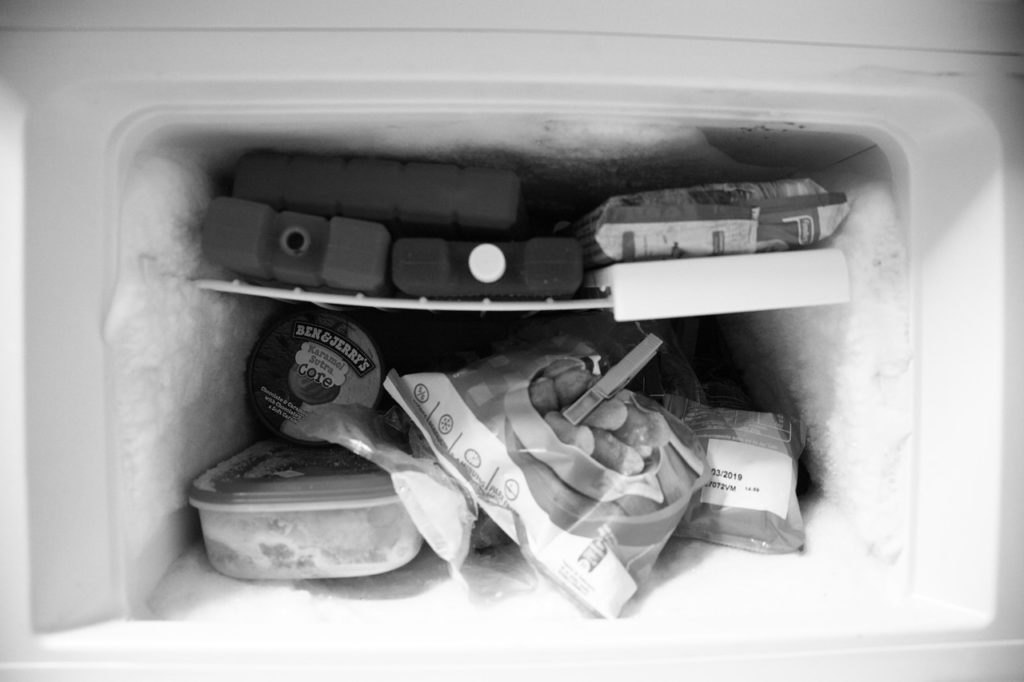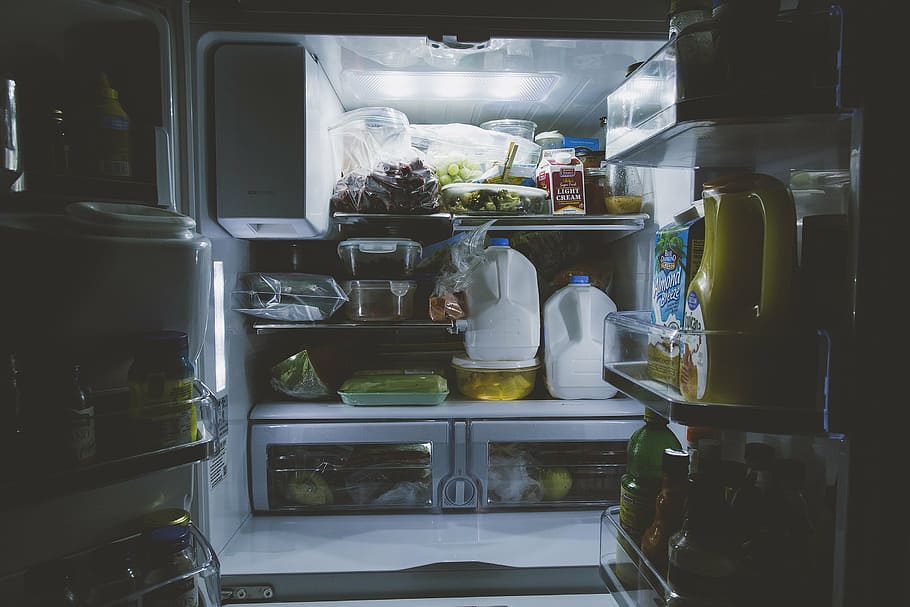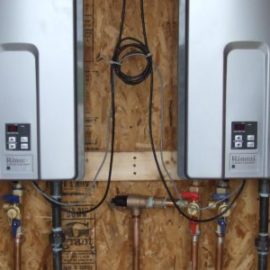
When buying a freezer, there are two options from which you are meant to choose from, namely; a manual defrosting one or a frost-free one. Below are the significant differences between those two options, which might help you decide.
Frost-free Upright freezers possess cooling coils (also called evaporator coils since the coolant boils -at very low temperature – within them to collect heat) and a fan that forces air across them. Periodically, a heater is activated that melts any accumulated frost from the cooling coils – the melted frost (water) drains out of the freezer into a collection pan, that is either emptied or from where it evaporates.
Manual defrost freezers often have the cooling coils built into either wire shelves (for upright freezers) or into the walls (for chest freezers). They do not use fans or heaters, and frost accumulates on the shelves or walls. Periodically most people usually defrost their freezers every six months – the user needs to empty the freezer and allow the frost to melt enough to be removed.

Some upright freezers have a switch that reverses the coolant, making the cooling coils into condenser coils temporarily. Condenser coils are warm, which helps to melt the accumulated frost – it is handy because the wire shelves hold onto the accumulated ice. With chest freezers, the walls are smooth, and the ice will come off in large sheets.
Other differences are that frost-free models will use more energy, will hold less since air gaps need to be present to allow air to circulate, and will cost more. They may also have more bins and glass shelves, and be a little more upscale.

There are three main reasons that cause a freezer to frost up in a very short time period.
1. The defrost heater element has failed and needs to be replaced. Modern refrigerators undergo a defrost cycle every 24 hours or so to gently heat the evaporator coils to melt off any accumulated frost. That heater is similar to what you find in a hairdryer or barbecue starter or gas clothes dryer, and they are sometimes prone to failing.
2. When you leave the fridge door open too long and too often, fresh (humid) air gets inside. It can also happen if the door seals are poor and leak air in or out. Be sure to check if your freezer’s door hinges are tight, attached, and properly aligned. This situation can be greatly amplified if you live in a warm, humid climate.
3. When the control unit of your fridge isn’t working correctly, the defrost cycle does not work as a result. Modern refrigerators have small computers or timer electronics that determine when the defrost cycle should run and how long it should run. It is possible that the heater element has failed, and replacing it will not fix the problem if the control electronics are not functioning correctly. It is much more likely that the heater element has been unable, but sometimes it’s the control electronics that have failed. You can carry-on a continuity check on the heater element to determine if it’s working or not. If it is, then it’s your control electronics or possibly that you have a poor connection on your wiring harness to the heater element.
If one wishes to maintain the efficiency of a manual-defrost freezer, it is therefore meant to be defrosted each time a quarter-inch of ice build-up is noticed on the interior walls. To reduce the number of times, you need to defrost your freezer, make it a habit to open and close the door in the shortest time-lapse as you can (thus preventing the outside humidity from reaching in). Also, keep a freezer inventory list to make it simple for anyone to know which groceries are available inside, without having to open the freezer every time. Last but not least, do not forget to clean the vents located at the back of the fridge. It is a spot where dust and debris accumulate, preventing proper air circulation.
To defrost your freezer, remove all food, and follow these steps.
1. Unplug the freezer. Leave the door open while defrosting since closing the freezer door won’t allow the outside warmer air to reach the ice.
2. Collect the water as the frost melts, and remove blocks of frost as they loosen.
3. When all the frost is melted, dry all the surfaces as well as you can, then restart your freezer.
4. Put your food back in the freezer and close the door.
When defrosting units with a temperature alarm feature, turn off the alarm when defrosting. When the freezer reaches freezing temperatures again, turn the temperature alarm back on.
To conclude, a consumer should consider operation, energy, and maintenance features before deciding which type of freezer would suit him/her best. In most cases, frost-free freezers are more popular as their maintenance is considerably reduced and makes it simple to locate, organize, and stock frozen groceries.



